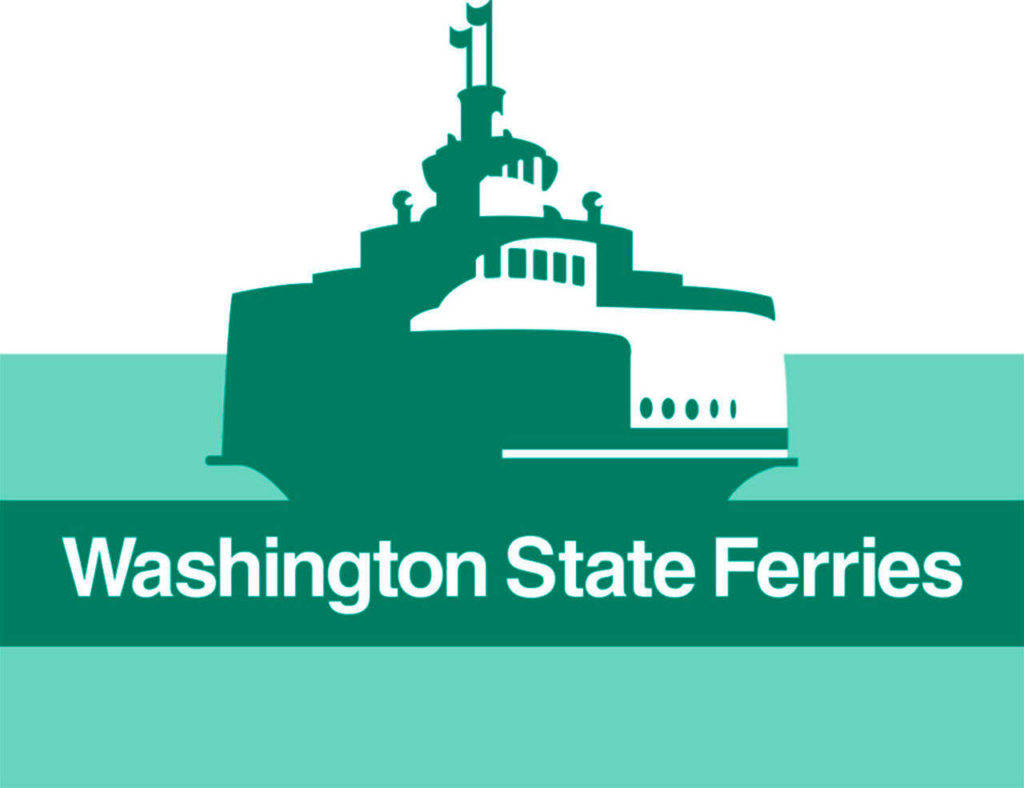Four of the five ferries that service the San Juan Islands are set to be retired in the next 20 years.
Washington State Ferries Assistant Secretary Amy Scarton visited Friday Harbor on Jan. 9 to introduce the updated long term plan to a group of approximately 50 islanders. She said it will help ferries achieve better service through “investing, innovation, and sustainability.”
The document replaces a previously published 2009-2030 long term plan and addresses rider concerns about reliability, convenience, environmental impact and growth. Between now and 2040, riders can expect to see a larger fleet, terminal building improvements, more user convenience and quieter vessels that consume fewer fossil fuels.
Scarton started with an overview of the 150-page proposal before the team fielded questions from attendees.
Sailing reliability was the biggest issue for Washington riders. WSF hopes to improve the San Juan Islands’ reliability by replacing the Tillikum – which turns 60 this month – and the Yakima with newer vessels at lower risk of mechanical failure. In response to questions about too few inter-island trips, Scarton acknowledged a decline in WSF service since Initiative 695 withdrew dedicated funding for ferries from the state budget 20 years ago. The update requests more funding which could transfer to more frequent sailings.
A second issue for riders was access to vessel information and user convenience. Scarton said that terminal waits have already been improved with the reservation system and online tools, including Vessel Watch that tracks vessel locations in real time.
One attendee asked why fare categories do not distinguish between small passenger cars and larger under 22-foot vehicles, like pickups, even though they occupy a different amount of ferry space. Scarton thought subdividing fare categories could be accommodated with an online registration system for frequent riders. Pass holders could also benefit from a “toll” line at the Anacortes terminal that would electronically scan the pass, similar to a highway EZ Pass.
Other potential infrastructure improvements at ferry terminals would be a staging area for reservations on Lopez Island and the capacity for charging hybrid vessel batteries at Friday Harbor and Orcas Island. Hybrid electrical vessels are part of a push by Gov. Jay Inslee to reduce carbon emissions. Initiatives to retrofit existing diesel-engine ferries with a peak shaving hybrid electric system would increase fuel efficiency by 25 percent. Building new electrical hybrid ferries primarily powered by batteries are even more efficient, but limited to smaller vessels on shorter routes. Partially silencing diesel engines also helps reduce the underwater noise disturbing marine wildlife, including orca whales.
One in-house concern at WSF is how to handle ridership growth over the next 20 years. San Juan Island ridership in 2017 was the highest on record at over 1 million passengers and 950,000 drivers. Ridership on all routes is expected to increase by 30 percent by 2040.
County Councilmember Rick Hughes noted that growth estimates for the islands are based on population growth, not increases in tourist visits. Christa Campbell, of Lopez Chamber of Commerce, stated that ferries are also the gateway for tourists to access the islands. Managing passenger growth departing Anacortes inadvertently affects the number of visitors to the islands, Campbell said, adding that visitors bring economic growth but also change the character of the mainly rural communities.
Hughes will host a town hall meeting on Orcas to discuss the long-range plan on Jan. 23 from 6-8 p.m. at the Eastsound Fire Hall.



